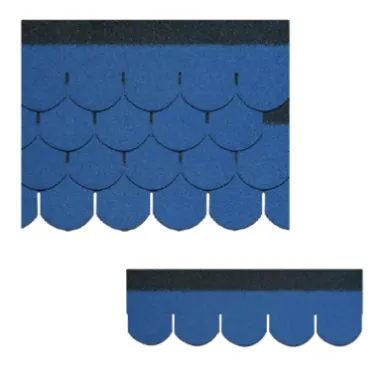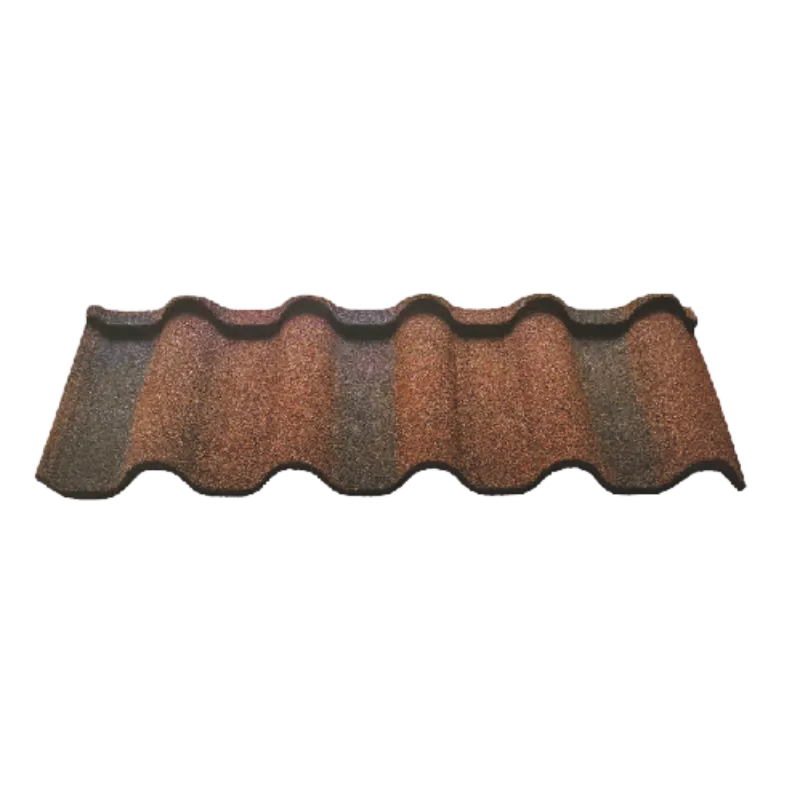
Feb . 27, 2025 16:16 Back to list
Rolled Asphalt Roofing and Its Applications for Low-Slope Roofs
Rolled asphalt roofing is a practical and cost-effective solution for low-slope roofs, offering durability and simplicity in installation. Unlike architectural shingles, architectural shingles asphalt, or asphalt and fiberglass shingles, rolled roofing caters specifically to flat or minimally sloped surfaces. Here’s an overview of its features, benefits, and ideal applications.

What Sets Rolled Asphalt Roofing Apart?
While architectural shingles installation focuses on aesthetics and versatility for steep roofs, rolled asphalt roofing is designed for functionality on low-slope structures.
-
Material Composition: Made from similar materials as asphalt and fiberglass shingles, rolled roofing comes in large sheets for quick coverage.
-
Cost-Effectiveness: It is more affordable than shingle alternatives, making it a popular choice for budget-conscious projects.
- Ease of Installation: With minimal layering and fewer seams, it is faster and simpler to install.
Applications of Rolled Asphalt Roofing for Low-Slope Roofs
Rolled asphalt roofing is ideal for various structures requiring efficient and economical coverage.
-
Sheds and Garages: Its affordability and weather resistance make it perfect for outbuildings.
-
Commercial Buildings: Low-slope roofs on warehouses and small offices benefit from its straightforward application.
- Temporary Structures: It is often used for temporary or seasonal buildings due to its ease of removal and replacement.
Durability and Maintenance Compared to Architectural Shingles
Although less visually appealing than architectural shingles asphalt, rolled asphalt roofing offers sufficient durability for its intended purposes.
-
Weather Resistance: It withstands moderate weather conditions but may not perform as well in extreme climates as shingles.
-
Lifespan: With proper care, rolled asphalt roofing can last 5–10 years, shorter than the 20–30 years typical of asphalt and fiberglass shingles.
- Maintenance: Regular inspections and repairs are essential to extend its usability and prevent leaks.
When to Choose Rolled Asphalt Roofing Over Architectural Shingles
Selecting the right roofing material depends on the structure and intended use.
-
For Low-Slope Roofs: Rolled asphalt roofing is a better fit due to its seamless design and water-shedding capabilities.
-
For Temporary Solutions: If cost and speed of installation are primary concerns, rolled roofing offers an unmatched advantage.
- For Secondary Structures: Consider rolled roofing for garages, sheds, and other secondary buildings where aesthetics are less critical.
Enhancing Performance with Proper Installation Techniques
Installing rolled asphalt roofing correctly is key to maximizing its benefits.
-
Surface Preparation: Ensure the roof deck is smooth, clean, and free of debris for a secure fit.
-
Overlap and Sealing: Maintain a 2–4 inch overlap between sheets and seal edges to prevent water infiltration.
-
Fastening: Use roofing nails or adhesive for additional stability, especially in windy regions.
By understanding the applications and advantages of rolled asphalt roofing, you can make an informed choice for your low-slope roofing needs. For top-quality materials, including architectural shingles asphalt, explore our product range and find the best fit for your project.
-
Stone Coated Metal Roof Tile-Spain Tile: Durable, Elegant
NewsNov.10,2025
-
Roofing Granules for Sale – UV-Stable, Colorfast, Bulk
NewsNov.10,2025
-
Stone Coated Metal Roof Tile-Classic Tile: Durable & Light
NewsNov.10,2025
-
Stone Coated Metal Roof Tile-Nosen Tile | 50-Year Warranty
NewsNov.10,2025
-
Roofing Granules for Sale – UV-Stable, Colorfast, Bulk
NewsNov.10,2025
-
Stone Coated Metal Roof Tile-Wood Grain Tile Durable & Light
NewsNov.03,2025







